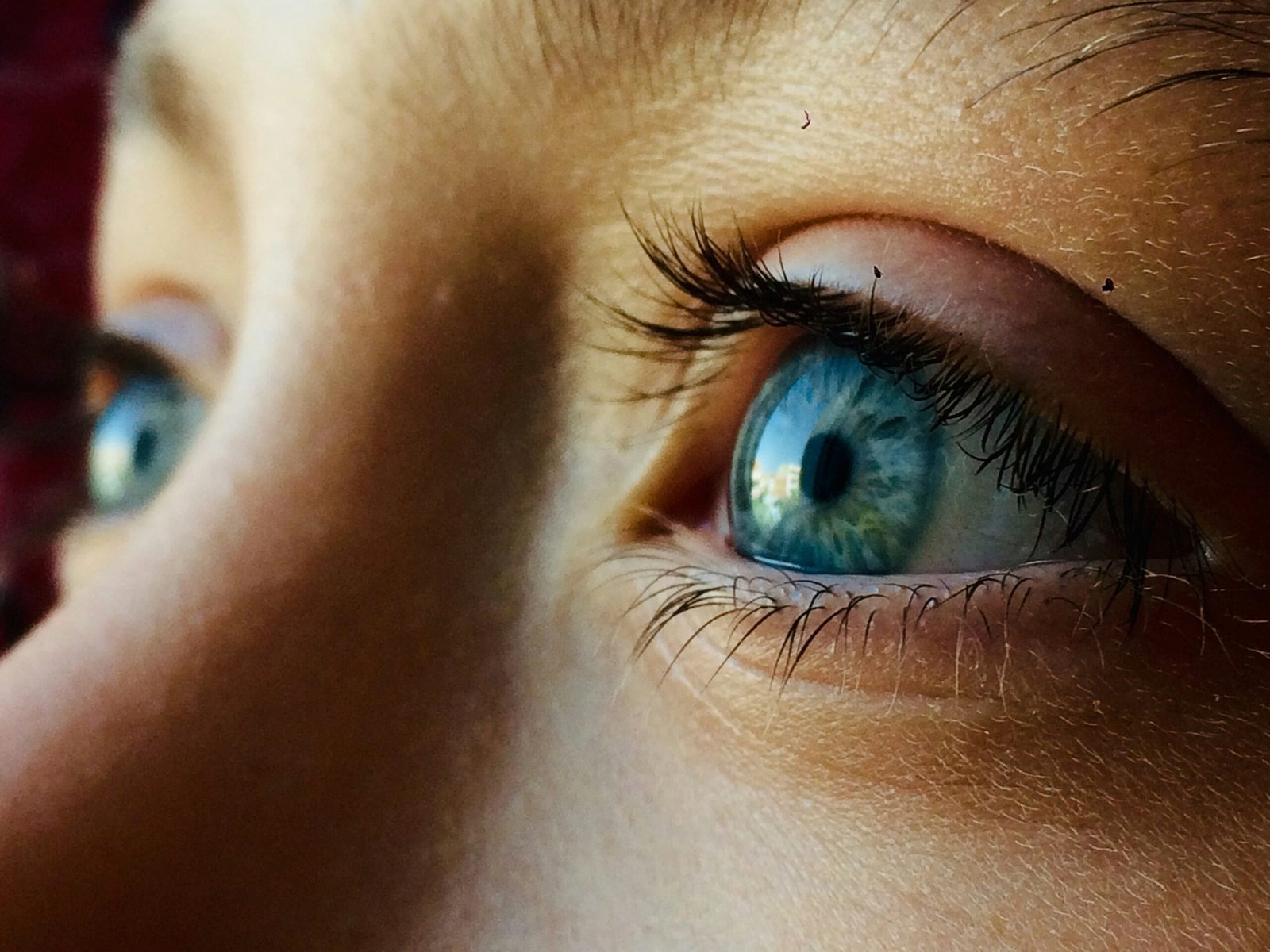
Cataract surgery is one of the most common and effective procedures used to restore vision in older adults. As people age, the natural lens in the eye can become cloudy, leading to blurry, dim, or distorted vision. This condition, known as a cataract, often develops slowly over time and can significantly impact daily life. Cataract surgery removes the cloudy lens and replaces it with a clear artificial lens, helping to restore clear and sharp vision.
Understanding Cataracts and Their Effects
A cataract forms when the proteins in the eye’s natural lens start to clump together, causing the lens to lose its clarity. This cloudiness prevents light from passing through the lens properly and reaching the retina, resulting in vision that may appear foggy, yellowed, or less vibrant. Common symptoms include difficulty seeing at night, sensitivity to light, halos around lights, and frequent changes in eyeglass prescriptions.
Cataracts are most often related to aging, but other factors like diabetes, prolonged exposure to ultraviolet light, smoking, and certain medications can also contribute to their development.
The Cataract Surgery Process
Cataract surgery is typically performed on an outpatient basis and takes about 15 to 30 minutes per eye. The procedure begins with the application of anesthetic eye drops to numb the eye. The patient remains awake but feels no pain.
A small incision is made in the cornea to access the lens. Using a process called phacoemulsification, the surgeon inserts a tiny instrument that uses ultrasound waves to break up the cloudy lens into small pieces. These fragments are then gently suctioned out of the eye.
Once the natural lens is removed, an artificial intraocular lens (IOL) is inserted in its place. The IOL is made of clear, flexible material and is designed to remain in the eye permanently. It helps focus light clearly onto the retina, restoring sharp vision. There are different types of IOLs available, including those that correct for nearsightedness, farsightedness, and even astigmatism.
Recovery and Vision Improvement
Recovery from cataract surgery is generally quick and smooth. Most patients notice improved vision within a few days, although full healing can take a few weeks. Eye drops are prescribed to prevent infection and reduce inflammation. Patients are advised to avoid heavy lifting, rubbing the eyes, and exposure to dust or water for a short period after surgery.
Follow-up appointments are scheduled to monitor healing and ensure the eye is adjusting well to the new lens. Many individuals experience a dramatic improvement in vision clarity, brightness, and color perception.
Benefits of Cataract Surgery
Cataract surgery not only restores vision but also enhances overall quality of life. Clearer vision helps with reading, driving, recognizing faces, and performing everyday tasks more confidently. It reduces the risk of falls and injuries related to poor vision and often eliminates the need for thick eyeglasses or bifocals.
Conclusion
Cataract surgery is a safe and effective solution for restoring vision in aging eyes. By removing the clouded natural lens and replacing it with a clear artificial lens, the procedure allows light to enter the eye properly once again. For many older adults, cataract surgery provides a renewed sense of independence, clarity, and comfort in daily life.




